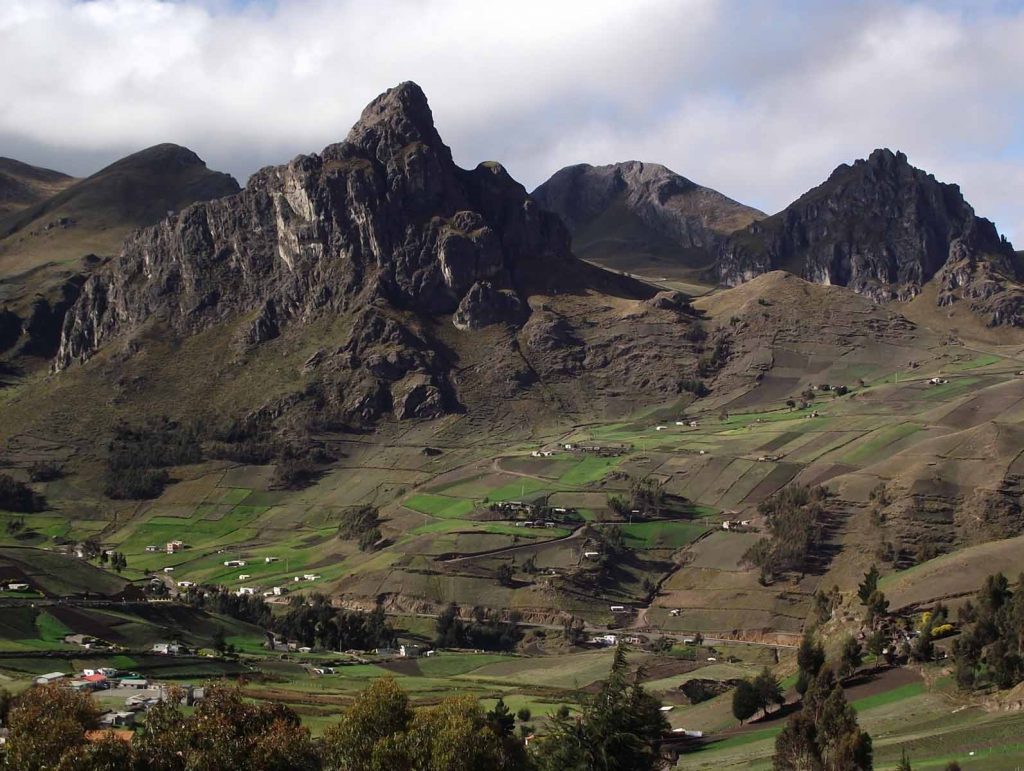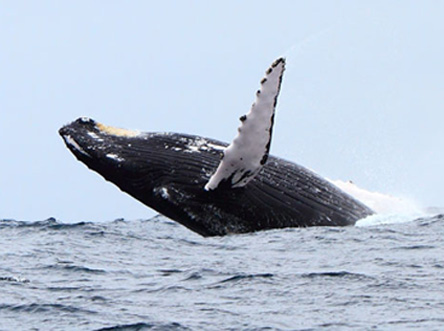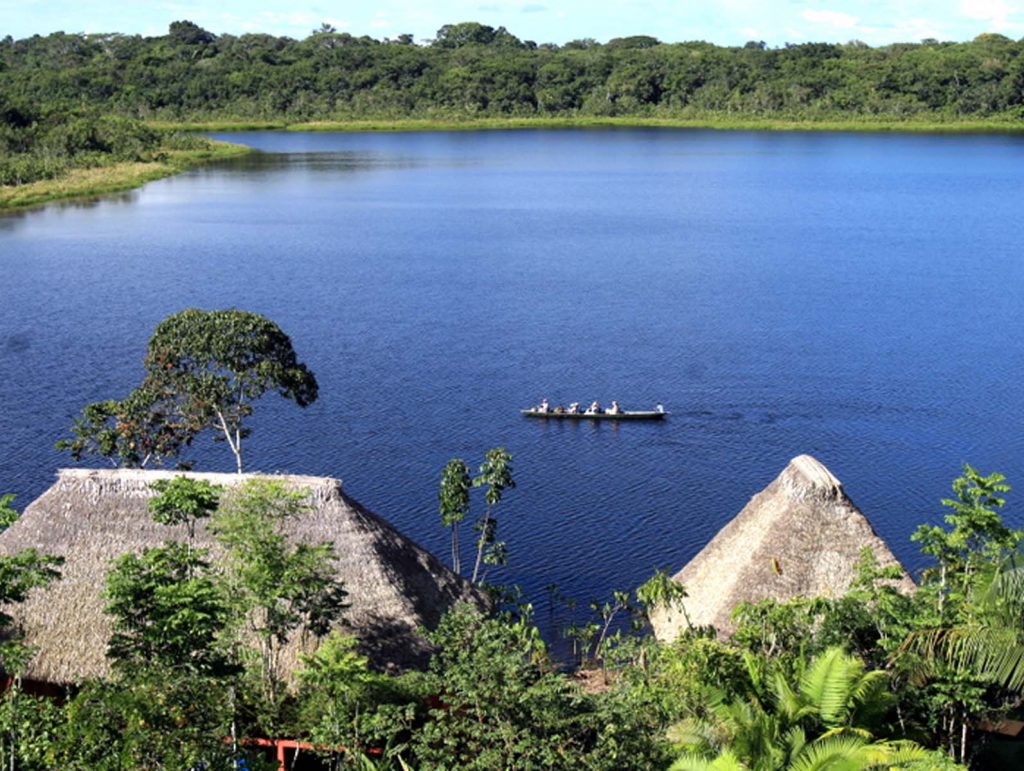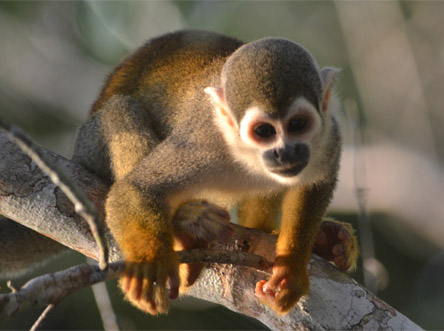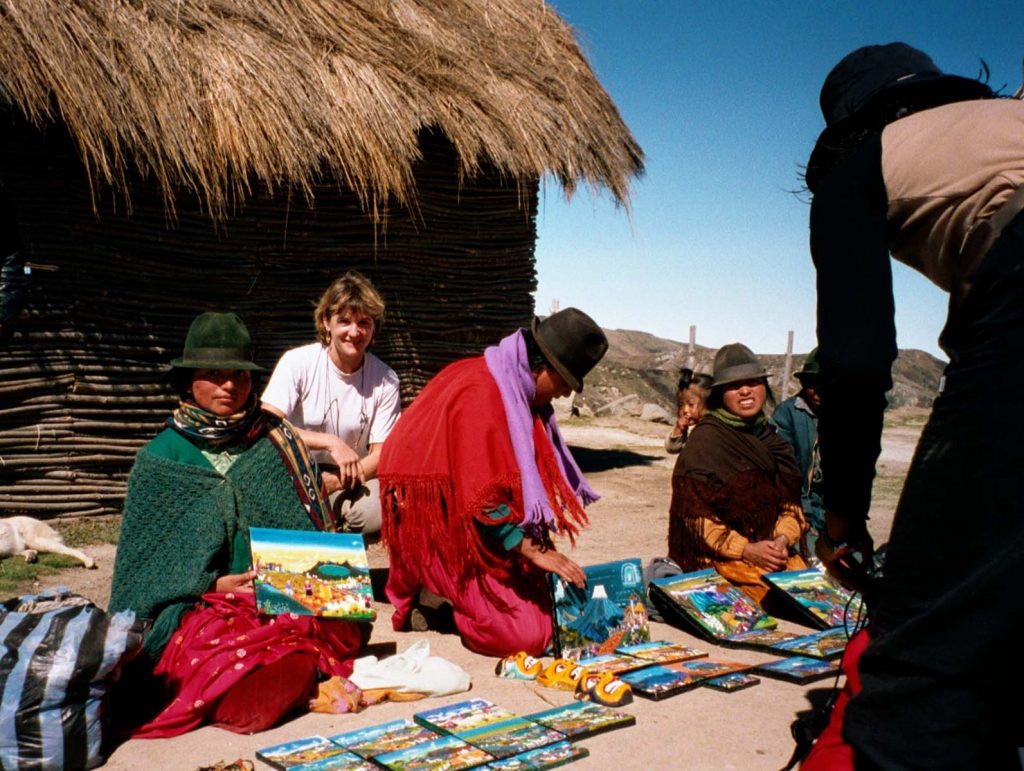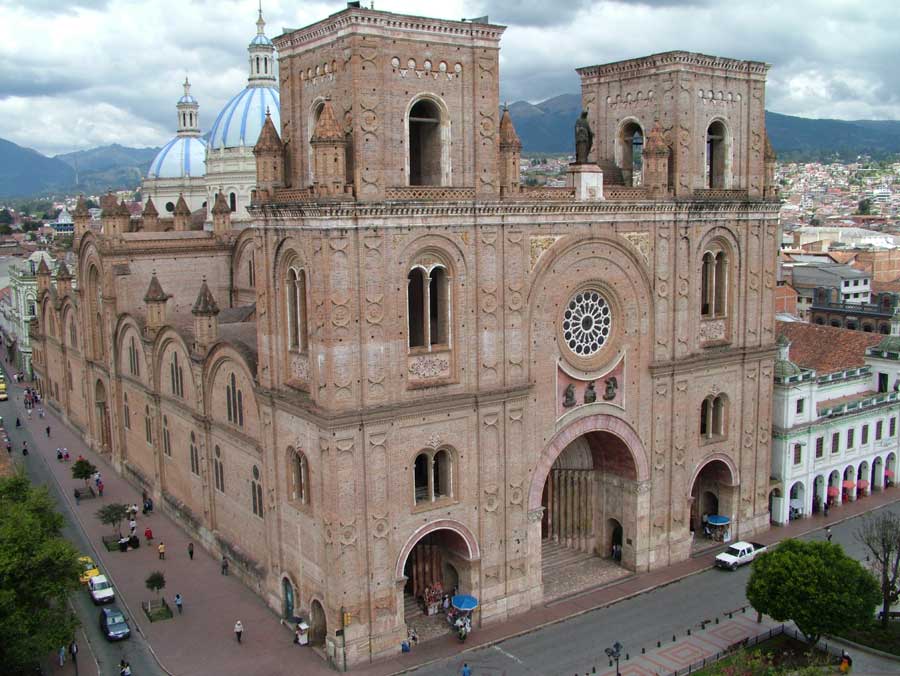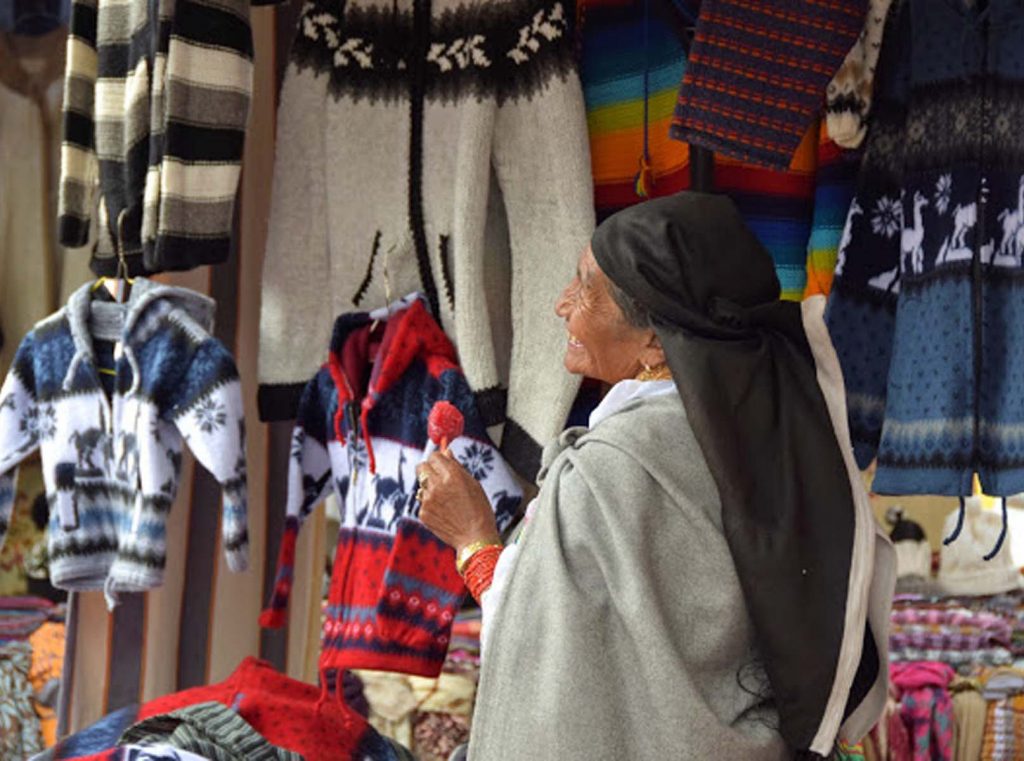Four worlds meet in Ecuador — from the warm Pacific coast, through the snow-capped heights and valleys of the Andes range, to the intricate green carpet of the Amazon rainforest, or “the Jungle” as some call it. And of course, let’s not forget the unparalleled beauty and wildlife richness of the Galápagos Islands, also known as the Enchanted Isles.
The gold-covered altars of Quito’s churches, the pre-Hispanic ruins of Ingapirca with their Inca religious rituals, the elegant seaside promenades of Guayaquil, the picturesque fishing villages bordering Machalilla National Park, the lodges and cabins in the Amazon, and the communities preserving ancestral traditions — all make Ecuador a truly unique country. Come and discover it…
The Galápagos represent the triumph of nature over humankind, or the perfect harmony between our modern society and wildlife that knows no fear of humans. A perfect harmony of life…



